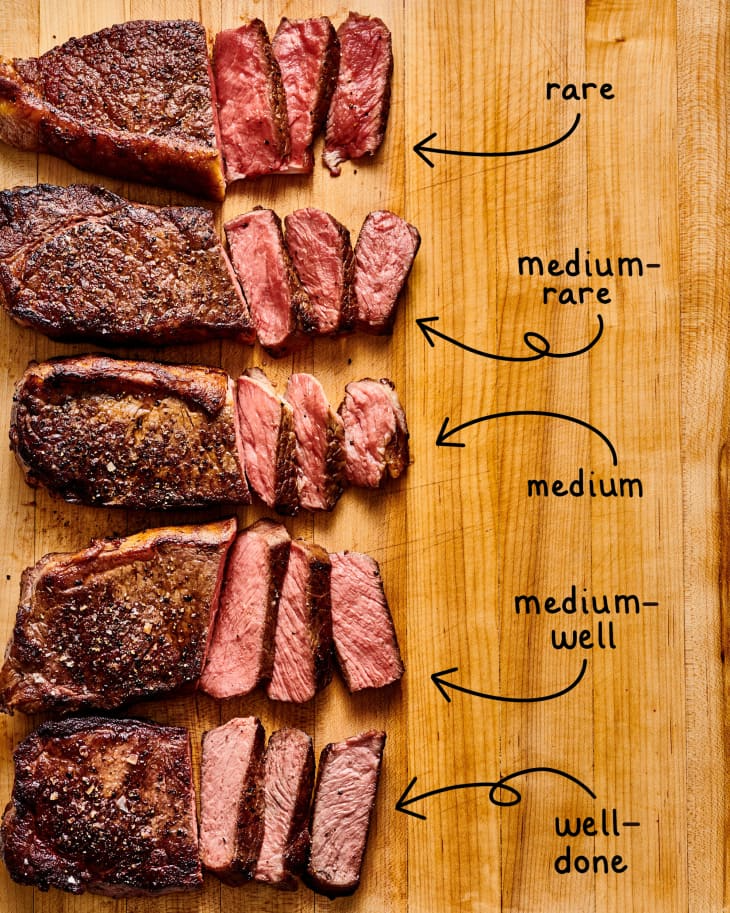 All About Steaks
All About Steaks
The Best Cuts
For grilling, broiling, and pan frying, the best cuts of meat are rib eye steaks, strip or shell steaks, and tsp. bone, which contains both the strip and tenderloin steaks. Sirloin and round steaks are generally going to be tough and dry. Flank steaks are good when quickly cooked and sliced across the grain, as described above.
For roasting, top sirloin, tenderloin, standing rib roasts, and top rump roast are good candidates.
For stir frying, flank, top round, and sirloin steak are good. These cuts are best cooked quickly, and since elastin is broken because the meat is cubed, they are more tender.
For kebabs, tenderloin is the best bet. This mild cut absorbs flavors easily and it is very tender.
For pot roasting and braising, chuck and rump are the best cuts. These cuts have more collagen and need long, slow cooking in a wet environment to reach their optimum tenderness. Chuck has the most flavor and is the most tender.
For ground beef, chuck is the way to go. It has optimal amounts of fat and is tenderized mechanically by the grinding action. Most lean ground beef is chuck, but if you’re not sure, ask!
How to Buy Steak
Before you begin cooking, pick the cut of meat that best suits your dinner plan. Tender, less lean cuts are perfect for the grill and are delicious plain or dressed up with sauces. Leaner, chewier cuts become more tender and delicious when marinated, thinly sliced, and grilled quickly or braised.
For any cut of steak, look for red meat with white fat that is marbled evenly across the grain.
Prime grade meat (the highest grade) is tender and highly marbled. Unfortunately, prime grade is expensive and difficult to find. The average supermarket carries choice grade meat as well as the less flavorful, and less tender, select grade. The best steak you can buy is dry-aged in special meat coolers to develop the flavor and tenderize the meat. Most beef, however, is wet-aged, if aged at all, in vacuum-packed bags for one to four weeks. This process improves the tenderness of the beef, but does not improve the flavor.
Testing for Doneness
The best way to tell if a steak is done is to (carefully!) touch or squeeze the meat itself.
Rare meat feels a bit like the texture of the flesh between your thumb and index finger; medium meat has a slight spring to it; well-done meat is firm.
You also can check by cutting a small slice into your meat with a thin knife.
If you have an instant-read thermometer, the internal temperature for rare steak is 125 to 130 degrees, medium-rare is 130 to 140 degrees, medium is 140 to 150 degrees, and well done is 165 degrees.
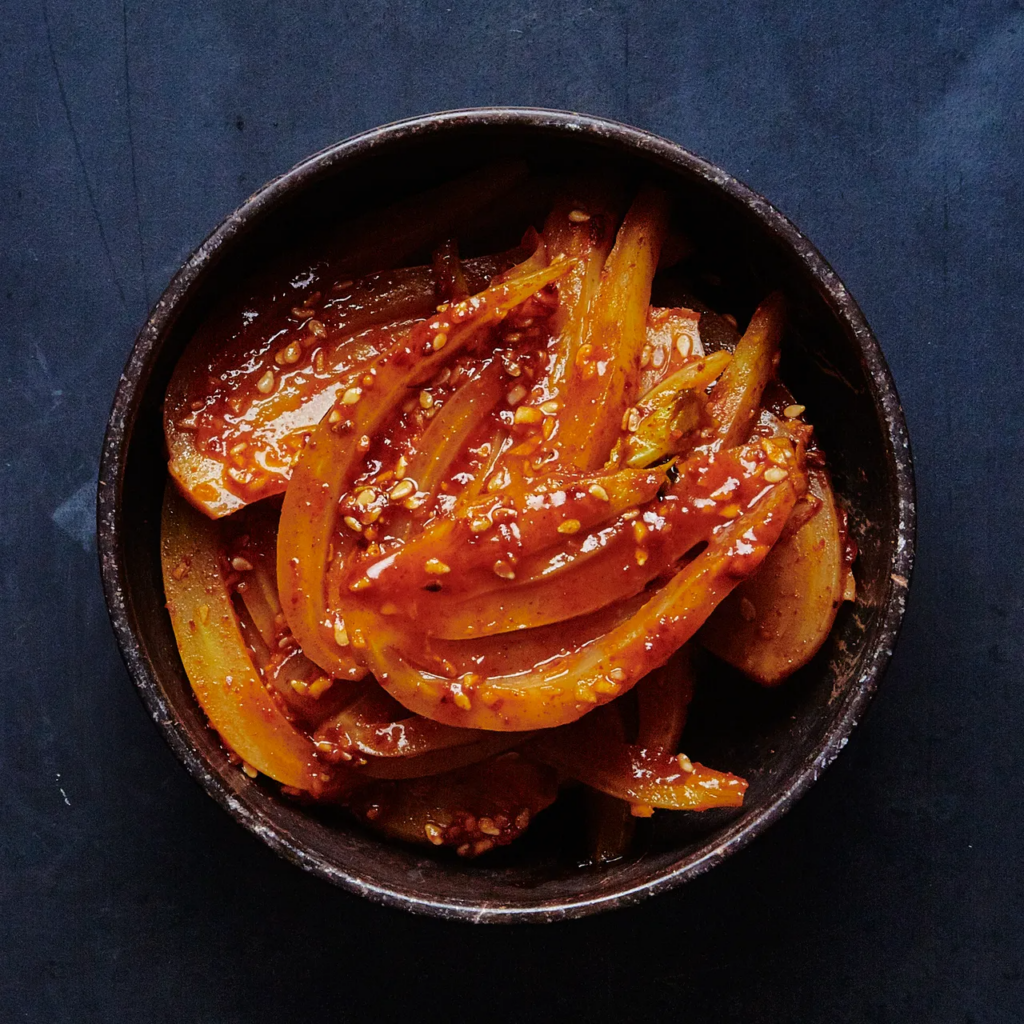 Crunchy Gochujang Fennel
Crunchy Gochujang Fennel Red-Braised Oxtail
Red-Braised Oxtail ATK Chicken Teriyaki
ATK Chicken Teriyaki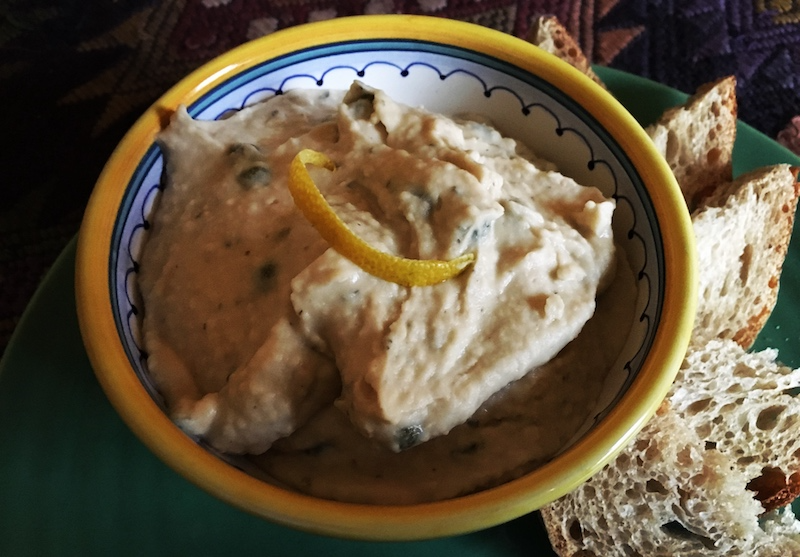 Tuscan-style White Bean Spread with Capers
Tuscan-style White Bean Spread with Capers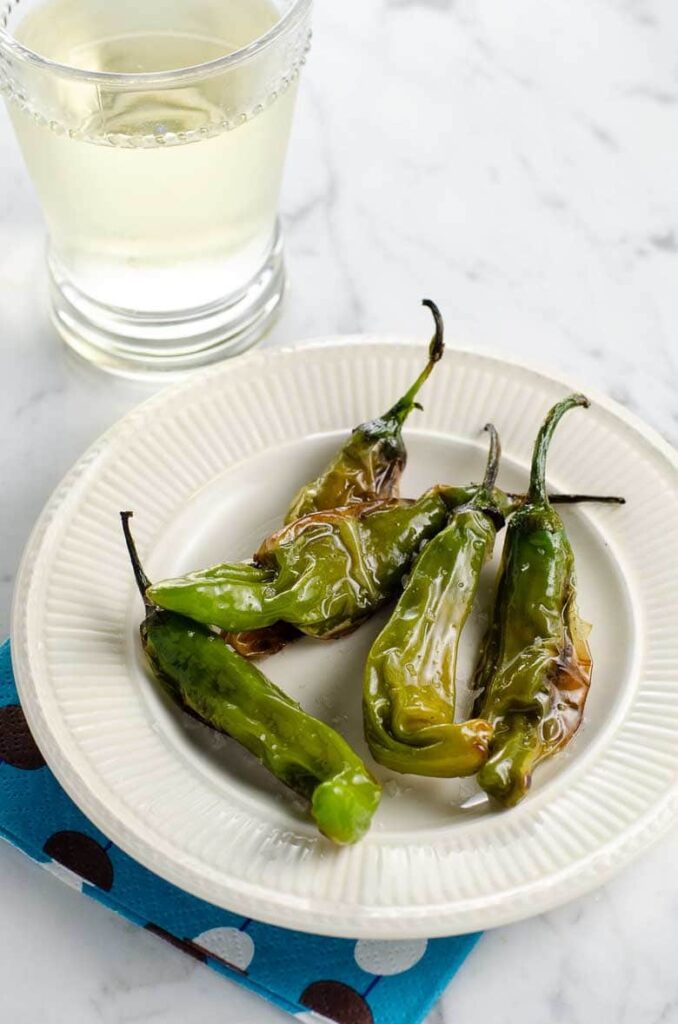 Charred Shishito Pepper
Charred Shishito Pepper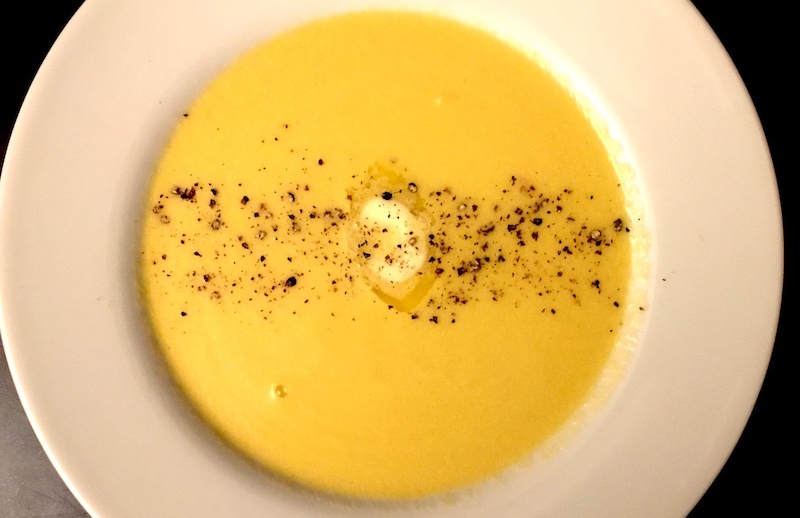 Benjamin Schade’s Corn Soup
Benjamin Schade’s Corn Soup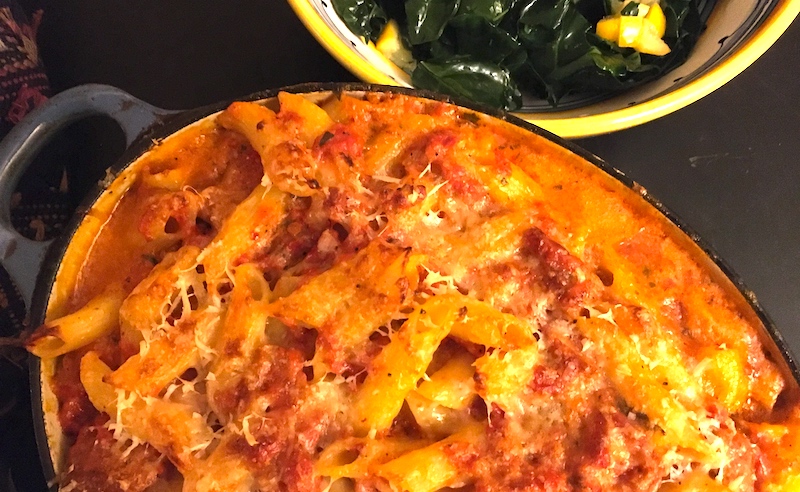 Penne alla Vodka Casserole
Penne alla Vodka Casserole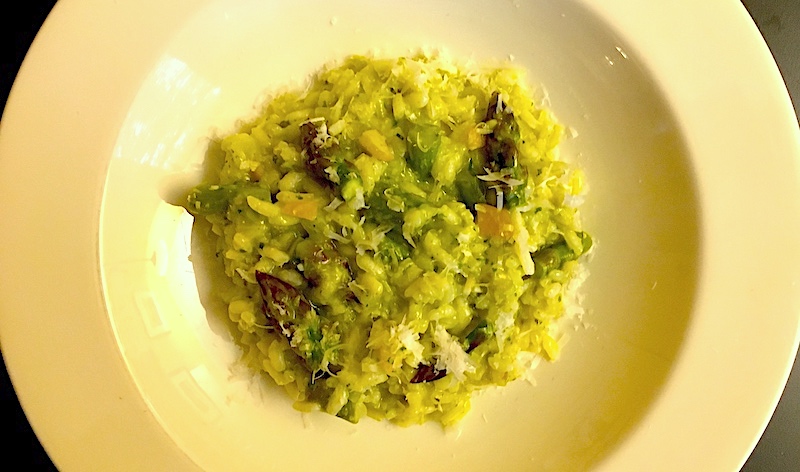 Asparagus Risotto with Sorrel Pesto and Preserved Lemon
Asparagus Risotto with Sorrel Pesto and Preserved Lemon Turmeric Rice with Dried Tangerine Peels
Turmeric Rice with Dried Tangerine Peels Salmon Piccata with Lemon Miso Sauce
Salmon Piccata with Lemon Miso Sauce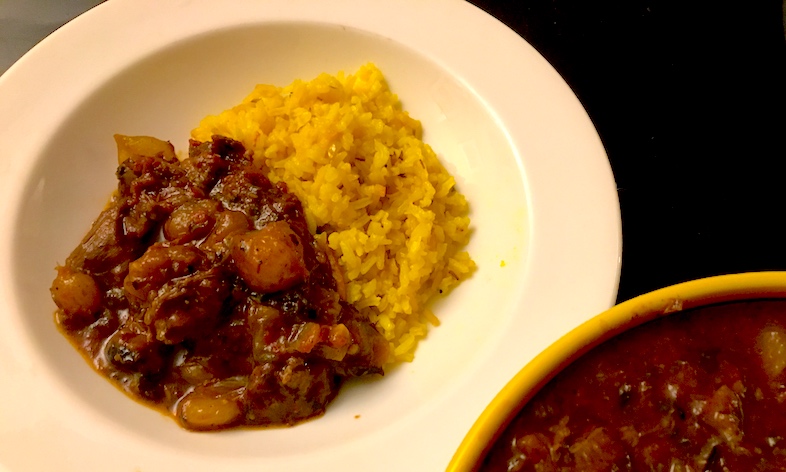 Stifatho (Greek Beef Stew)
Stifatho (Greek Beef Stew)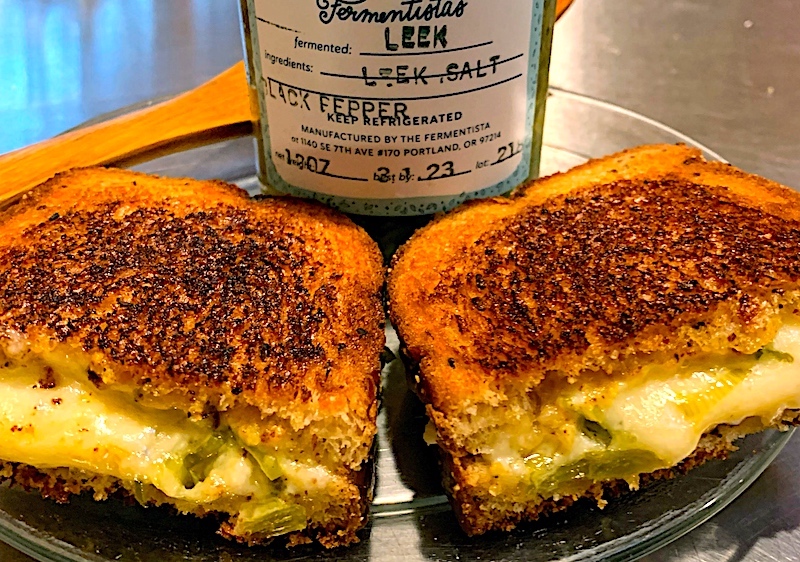 Grilled Cheese with Fermented Leeks
Grilled Cheese with Fermented Leeks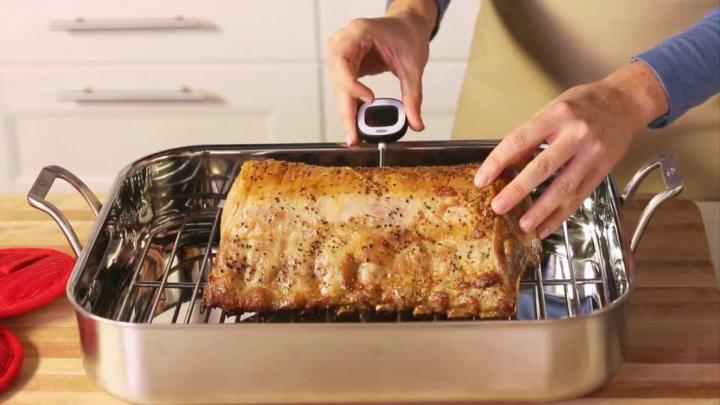
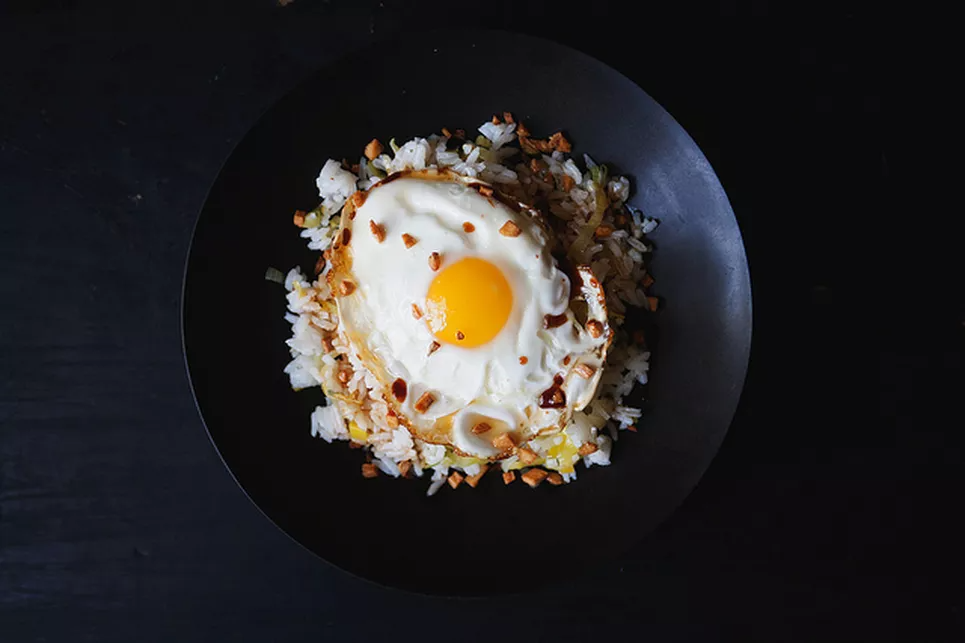 Jean-Georges’ Ginger Fried Rice
Jean-Georges’ Ginger Fried Rice Pantry-Friendly Spaghetti Pangrattato with Crispy Eggs
Pantry-Friendly Spaghetti Pangrattato with Crispy Eggs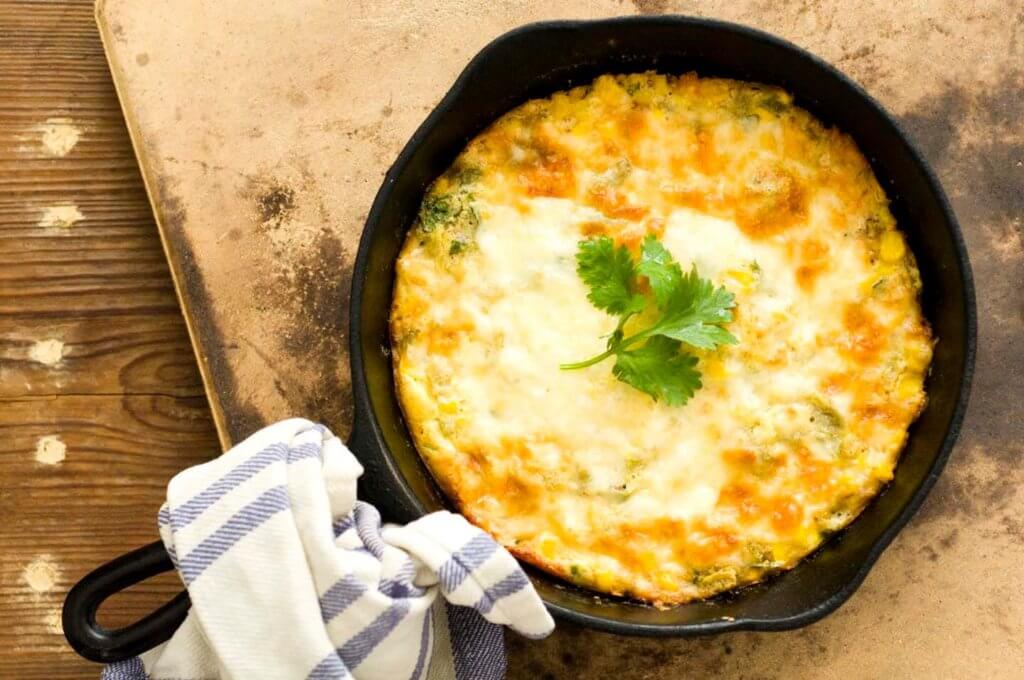 Homesick Texan’s Green Chile Corn Pudding
Homesick Texan’s Green Chile Corn Pudding Raspberries & Blackberries Sweet Rolls Recipe
Raspberries & Blackberries Sweet Rolls Recipe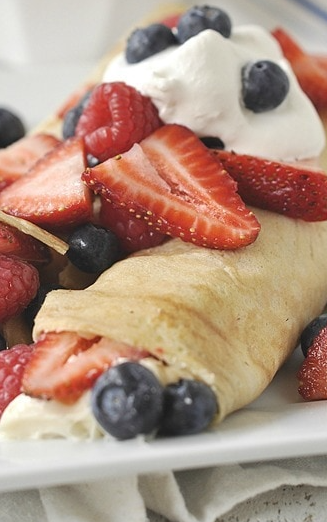 Mixed Berry Crêpes with Ginger and Mascarpone
Mixed Berry Crêpes with Ginger and Mascarpone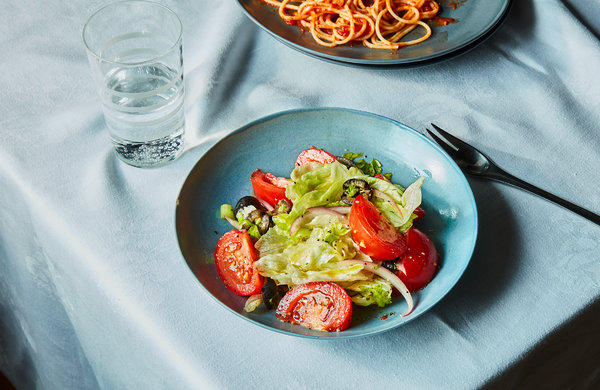 Lucali Salad
Lucali Salad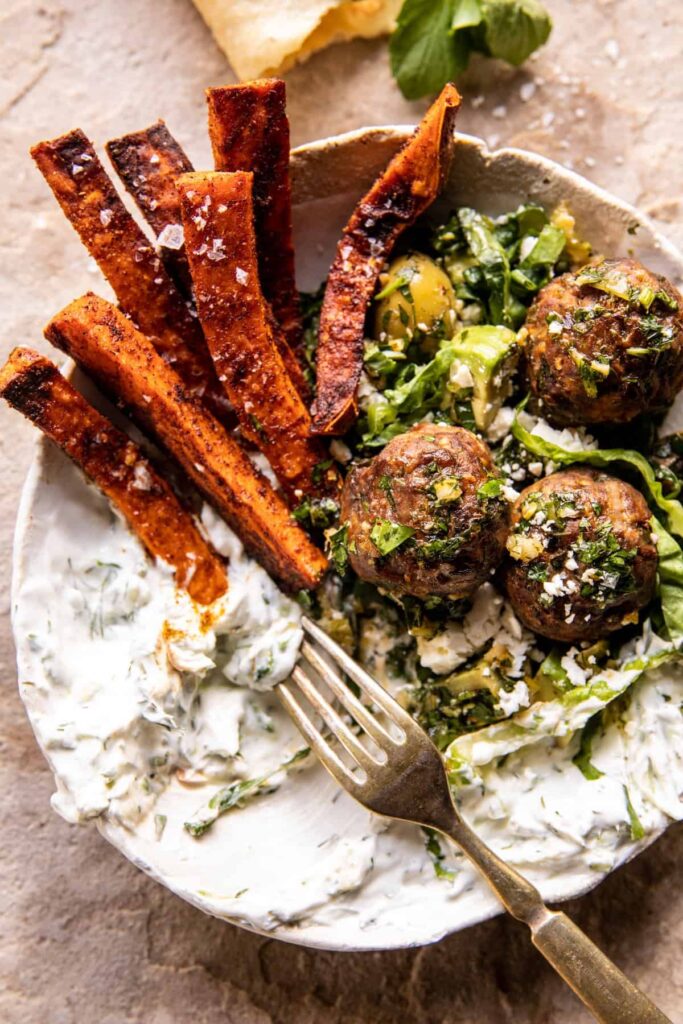 Sheet Pan Greek Meatballs and Tzatziki
Sheet Pan Greek Meatballs and Tzatziki Confetti Waffles
Confetti Waffles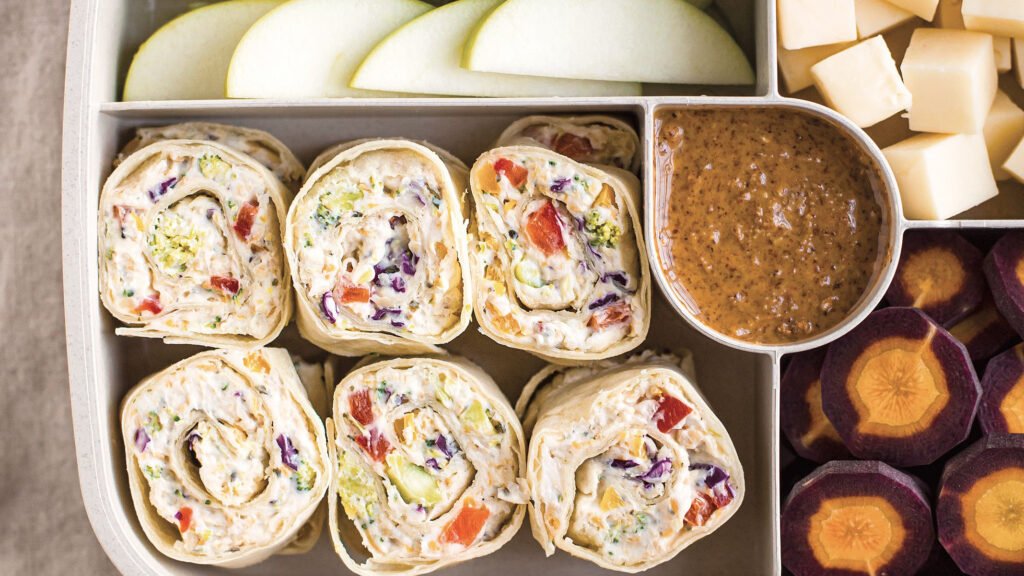 Healthy Chicken Salad Pinwheels
Healthy Chicken Salad Pinwheels Champagne Chicken
Champagne Chicken White Peach Sangria
White Peach Sangria All About Steaks
All About Steaks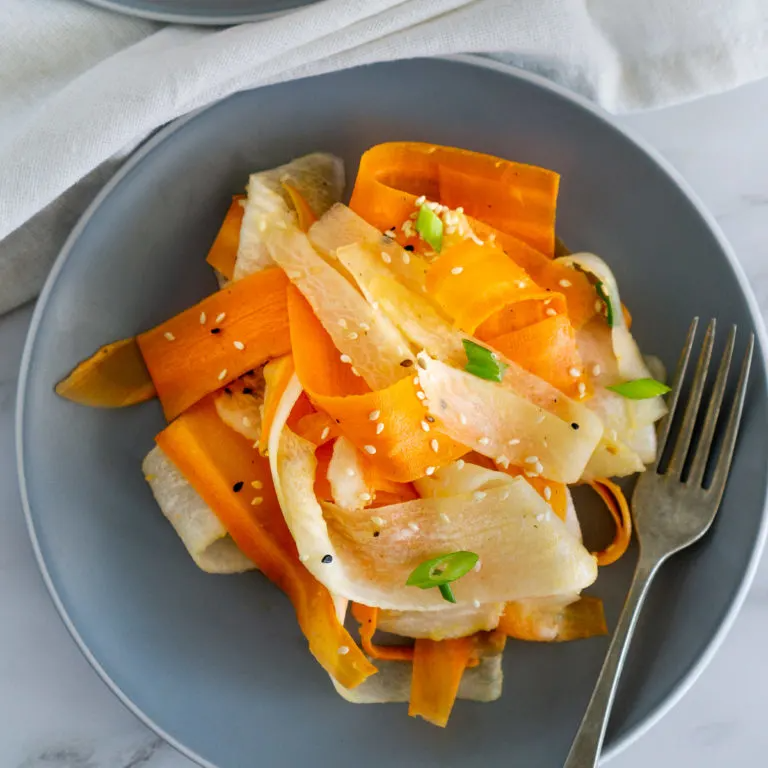 Carrot and Daikon Salad with Sesame Ginger Dressing
Carrot and Daikon Salad with Sesame Ginger Dressing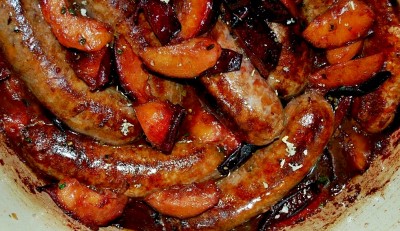 Sausages & Plums Braised in Red Wine
Sausages & Plums Braised in Red Wine Pixie Tangerine Mint Spritzers
Pixie Tangerine Mint Spritzers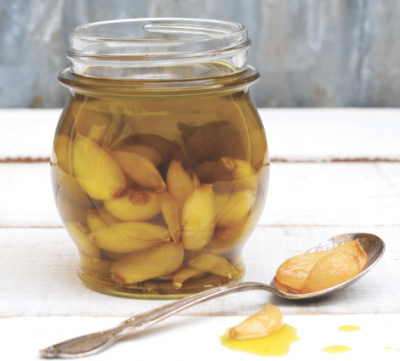 Garlic Confit in Olive Oil
Garlic Confit in Olive Oil Compressed Italian Sandwich
Compressed Italian Sandwich Browned Butter
Browned Butter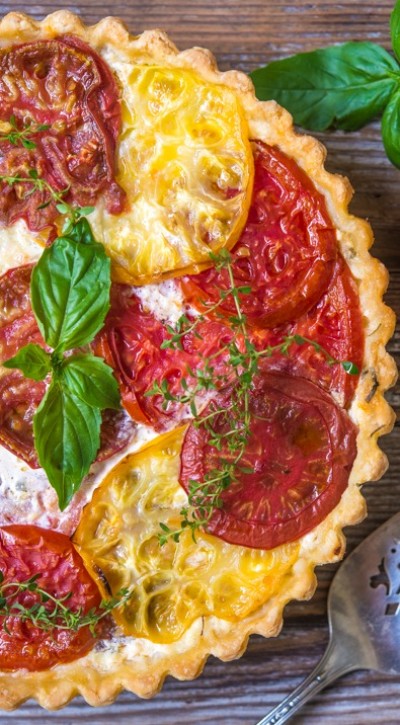 Tomato, Camembert & Gruyere Tart
Tomato, Camembert & Gruyere Tart One Pan Lasagna
One Pan Lasagna Mini Lulu Kebabs on Lemongrass Sticks
Mini Lulu Kebabs on Lemongrass Sticks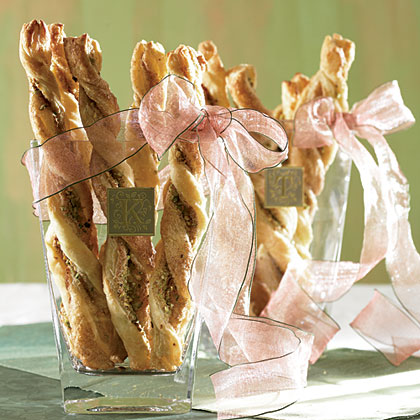 Pistachio Pastry Twists
Pistachio Pastry Twists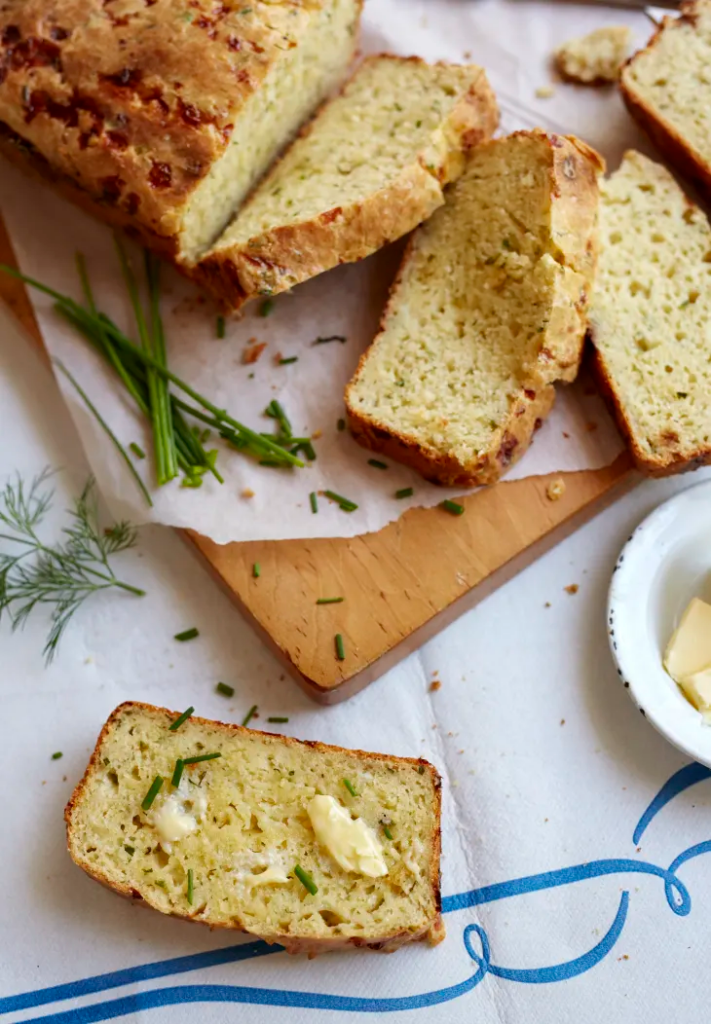 Easy Ranch Quick Bread
Easy Ranch Quick Bread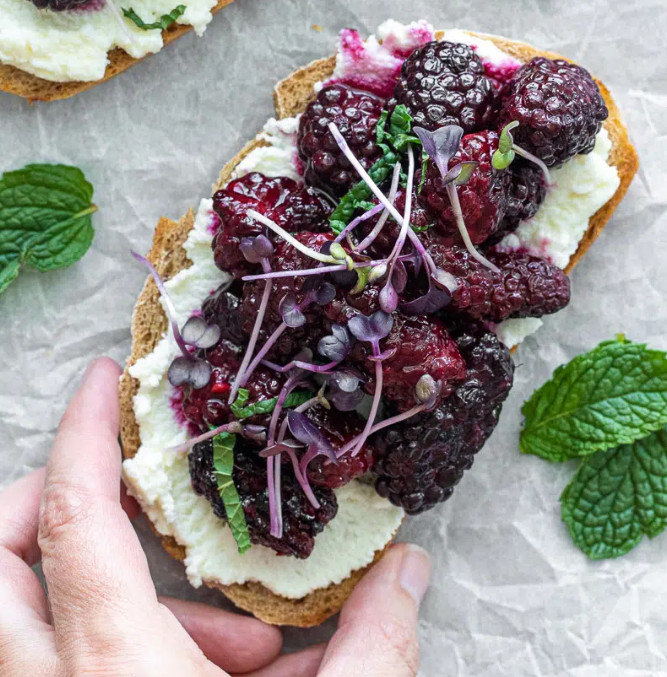 Honey Ricotta Toast with Roasted Blackberries
Honey Ricotta Toast with Roasted Blackberries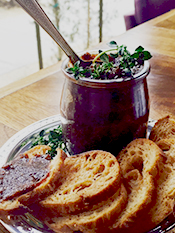 Fig Chutney
Fig Chutney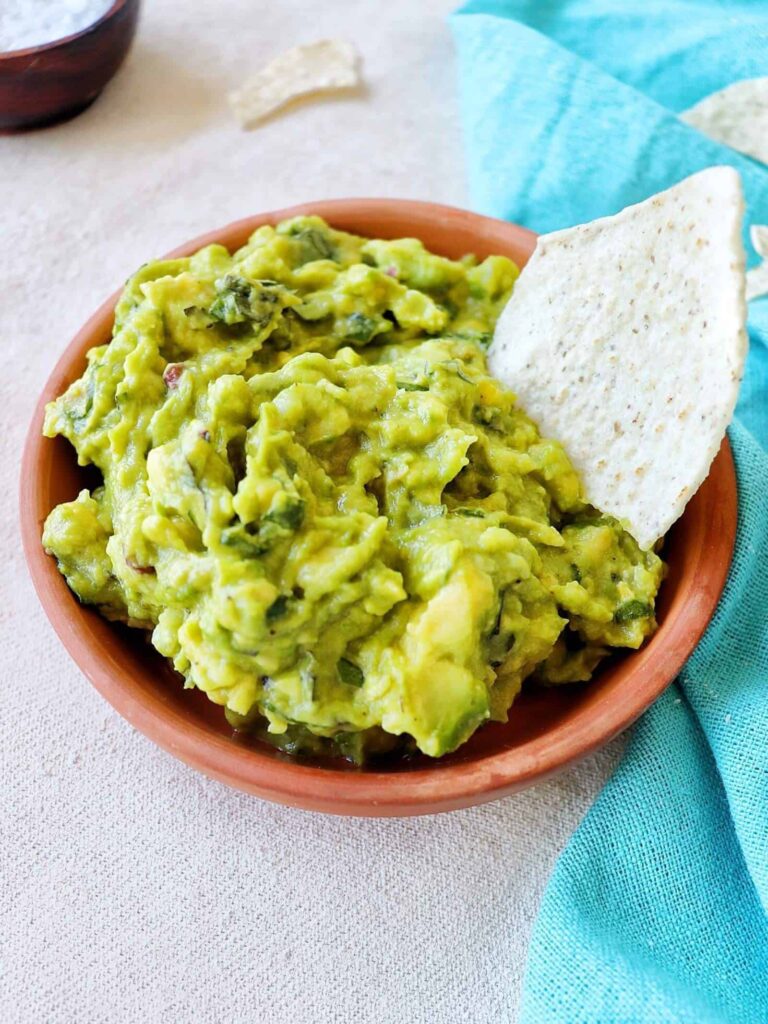 Guacamole with Preserved Lemon
Guacamole with Preserved Lemon